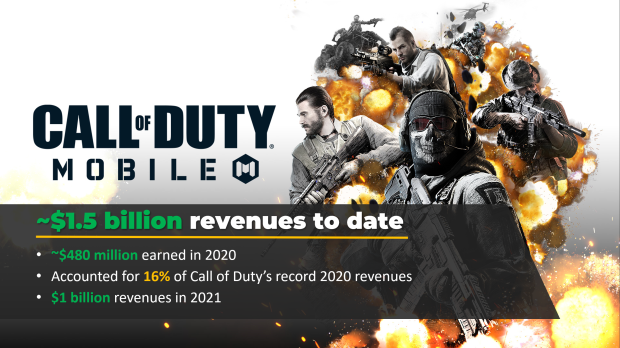Mobile wallets boost financial inclusion in developing countries

Mobile wallets and their impact on remittance flows
Access to financial services is key to reducing economic inequality, as are cross-border remittances that support many families and communities in low- and middle-income countries. Many international migrants feel a deep obligation to consistently support the people they leave behind.
The money they send home – remittances – is often an essential lifeline for their families. International remittances to low- and middle-income countries exceeded $600 billion last year and are expected to reach $630 billion this year, far exceeding development assistance provided to these countries.
Remittances received from family members abroad keep food on the table for families, improve educational opportunities for many children, enable people to access health care, expand the resources available for smallholder farmers and help support small businesses whose growth would otherwise be limited due to credit constraints. In developing countries where workers are plentiful but have few formal employment opportunities, remittances allow people to embark on the path to self-employment. Remittances have been proven to help reduce poverty among recipient families.
The impact of remittances goes further and can even improve the economic prospects of entire countries. In extreme cases, such as El Salvador and Honduras, remittances represent more than 25% of GDP. It is not uncommon for remittances to contribute more than 10% of the GDP of many low-income countries.
Remittances are considered so critical that during the pandemic countries have declared money transfer an essential service so customers can continue to send and receive money, despite lockdown restrictions.
Closing the technology gap in financial services
Covid-19 hit the economies of developed countries so hard that analysts predicted remittances would fall by 20%. In fact, the opposite happened. Globally, remittances to low- and middle-income countries increased by almost 1% in 2020 and 8% in 2021. In Latin America, they increased by 25% last year to reach $131 billion. Remittances to the region had not increased much since 2003, when a 30% increase was recorded.
What has changed in the flow of remittances to low- and middle-income countries is that more payments are being made to mobile wallets and directly to bank accounts. Forced shutdowns and travel restrictions during the pandemic have led to a huge increase in technology adoption around the world and started to turn the tide for countries in Latin America that were lagging behind other regions. in terms of financial inclusion.
In recent years, several Latin American countries have made efforts to reduce the technology gap in financial services. They lower barriers to entry and help overcome regulatory hurdles by setting up sandboxes and creating specific programs to help fintech companies navigate the regulatory and supervisory environment.
The Colombian Financial Superintendency has improved the regulation, monitoring and promotion of the financial sector to the general public, as well as the implementation of initiatives to foster the fintech sector.
In Brazil, the central bank launched an instant payments platform called Pix at the end of 2020 that allows money transfers day and night, without the need for credit or debit cards or confidential information. It is also free for individuals. All financial institutions in Brazil are connected to Pix and it’s been a huge success. Ria launched the service on Pix in June last year and the growth in transfers via Pix each month has been in double digits since.
Aid payments expand their role in financial inclusion
In many cases, it was the digitization of aid payments during the pandemic that began to open a door to the financial system for many people. Nearly 60 low- and middle-income countries as well as international humanitarian organizations and NGOs have used digital payments to provide emergency relief during the pandemic.
The Brazilian government used Pix to distribute Covid-19 relief aid, resulting in the creation of 70 million new accounts in a country with around 34 million unbanked adults. In Colombia, the government started distributing emergency benefits to mobile wallets in March 2020 and continues to provide subsidies to wallets. This encourages Colombians to join the financial system. The number of Colombians with a bank account rose to 86% in the first half of 2020, compared to 82% at the end of 2019. Twelve years ago, the IMF estimated that only half of Colombians had access to any type of financial product. In the case of Ria, we are seeing impressive growth in mobile wallet payments in Colombia.
Fast and smooth cross-border payments
The high demand for technology that has resulted from the pandemic has driven technology adoption around the world. This meant that technology that already existed but had not been implemented at scale was suddenly in high demand due to lockdowns and social distancing. This has accelerated several trends in the payments ecosystem as a whole and changed what people expect from digital payment services.
Consumers and businesses are now demanding faster, easier and more affordable payment alternatives. As a result, authorities in several countries have recently created or are working to introduce real-time payment systems for domestic payments. Progress has also been made on the international front with the creation of real-time payment systems between pairs or groups of neighboring countries. However, much remains to be done to speed up cross-border payments for everyone.
Meanwhile, technology is speeding up cross-border transfers and also helping to reduce costs. The digital expansion of money transfer operators means that more bank accounts and mobile wallets can be reached in more remote parts of the world through a wider variety of channels than ever before, providing more people the tools to help them build a better future. .
About the Author: Rosario Escarpita is Managing Director Americas for Ria Money Transfer, one of the largest money transfer companies in the world. She is responsible for the development and expansion of Ria’s products, services and network in the Americas. Escrapita has over 18 years of experience in the money transfer industry, having joined Ria in 2010 and previously serving as Vice President of National Sales for GroupEx Money Transfer.






